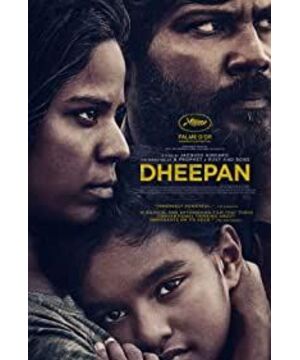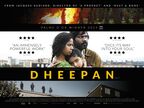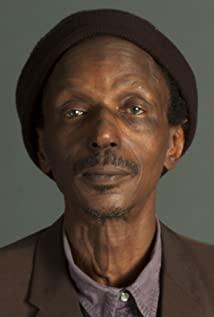It is true that the story begins with a shocking genocide and develops towards the integration of marginalized groups into mainstream Western society, but it does not stop at faithful records and wishful promotion. Compared with other genre films that focus on refugee issues, Dupin's completion is obviously higher in terms of the narrative angle and rhythm and the height of the group's portrayal.
Dupin's identity is hinted at from the beginning of the war and the cremation of the body. In the subsequent progress of the plot for quite some time, the director has always weakened the hint of this identity, and if he shows his difficulty in adapting to the dual identity of the individual and the family in a weak posture, everything seems to be developing in a good direction. If we have to say that the mainstream is critical, it will only stop at a limited degree of humanistic care for marginalized groups. The temple sacrifice is obviously a symbol, and the compatibility of various dimensions within the group has reached a small climax and stopped abruptly.
As long as Dipan's true identity was suddenly revealed, as a member of the Tamil Tigers, Dipan did not hesitate to express his refusal to return, and the eternal paradox between the individual and the nation was thrown away in this seemingly casual form. It created a huge tension for the subsequent return of the reluctant choice of identity symbol. Maybe we are addicted to the lush narrative traps of European movies and the penetrating social imagination, so we are more willing to accept such heroism than Hollywood style.
However, if such a heroism is to be achieved, a neat narrative will obviously inevitably depict the emotional penetration of the supporting characters. The transition of Dupin's wife and daughter from informal to formal, completes the narrative transfer of self and each other. This montage-like parallel expression makes the whole story full and accessible. This kind of human concern and social dimension is not a soft shell, nor is it a skin that wraps violent aesthetics, because the core of the film is only the grand proposition of refugee survival, and the final direction of the story and the laying of various sub-lines are nothing more than loyalty to the main theme narrative means. So under this premise, the high degree of isolation of the group throughout is naturally not worthy of more criticism. Because the warm feelings of mutual sympathy among individuals are quickly swallowed up by the black hole of the marginalized group, and the final return of identity forms a great irony to the self-entertaining tolerance of the mainstream society. The ending of the film is obviously just a dazzling fantasy. As a heavyweight director who loves ink and gold, Odia obviously does not have such a universal complex.
As for a trace of faith that is naturally indispensable in such heroism, the entire film does not intend to discuss much except for a temple sacrifice. In particular, the idols that appeared many times were only left blank with long shots. Although they were only formal, they were still awe-inspiring, acknowledging the limitations of artistic expression in the face of foreign religions.
WeChat public account: movietoall Wanyingli Film Studio
View more about Dheepan reviews











